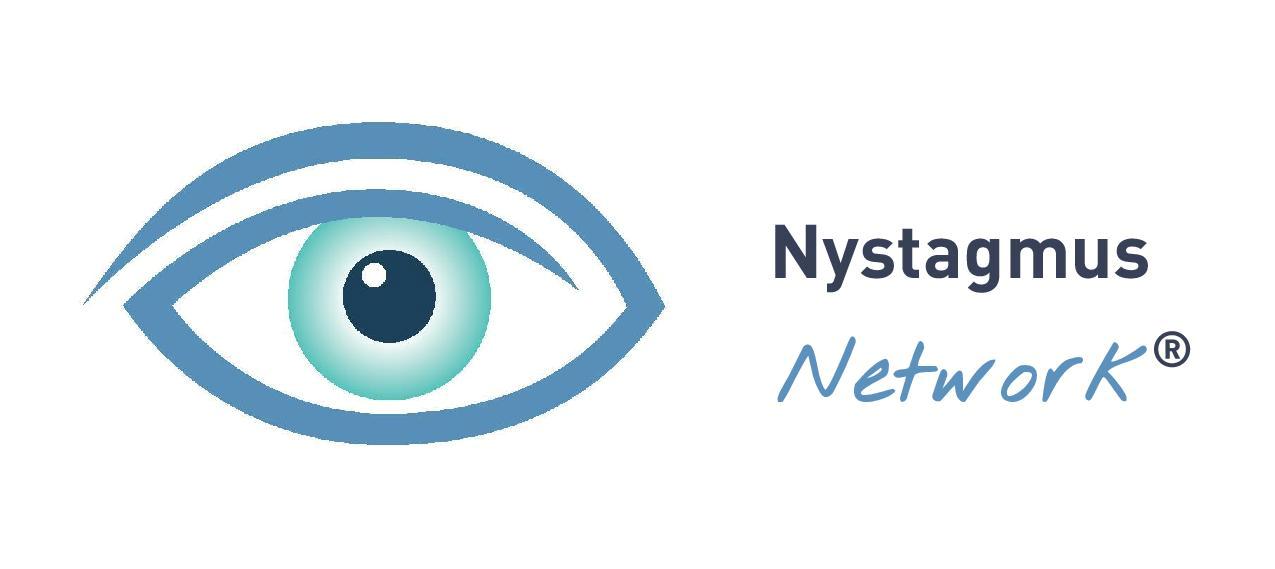The Nystagmus Network has welcomed the publication of new guidance on the management of nystagmus in children published by the Royal College of Ophthalmologists.
The purpose of the Clinical Practice Points, now available on the Royal College website, is to provide a single point of reference for busy clinicians when managing patients with this complex eye condition.
The Practice Points can be found online here
The Nystagmus Network contributed to the development of the Practice Points through its membership of NUKE, the nystagmus UK eye research group. Members of NUKE worked together to develop a Nystagmus Care Pathway which sets guidelines on diagnosis and care for patients with nystagmus – the first time such guidelines have been created for this condition.
Vivien Jones, founder and Honorary President of the Nystagmus Network, said “The adoption of these guidelines means that clinicians can now refer to them when treating patients with nystagmus – something that we hope will lead to continuing improvements in developing standardisation of medical diagnosis and care.”
Clinician Jay Self, University of Southampton, an author of the Practice Points and founding member of NUKE said “Managing children with nystagmus can be complex and nuanced. By sharing best practice, in an easy to follow guide, we hope to improve all aspects of care for children and their families.”
Coinciding with the publication, Nystagmus Network trustees met Marsha De Cordova MP, who chairs the Eye Health and Visual Impairment All Party Parliamentary Working Group. Trustees were able to brief the MP, who herself has nystagmus, on the future impact of the work that has been done and the publication of the Practice Points.
Marsha is pictured above (centre) with Nystagmus Network trustees Peter Greenwood (left) and Harshal Kubavat (right).
Getting told your baby has nystagmus is an anxious time. It’s even harder if all the medical information seems a bit bewildering, if testing is inconsistent and depends on where you live and you don’t know where to turn for support.
That’s why NUKE (the Nystagmus UK Eye research group) has been working to put together the ‘Nystagmus Care Pathway’, a set of guidelines for hospital eye clinic staff to follow, covering everything from taking the family history through diagnostic testing to long term support.
The value of immediate, clear information about nystagmus for families and signposting to sources of support cannot be emphasised enough. Generally, their questions fall into three categories: What is the cause? How will it impact the sight and general wellbeing? What is the solution?
Pinpointing the cause has many benefits for patients. An accurate diagnosis empowers families to talk about nystagmus and advocate for themselves and/or their children. If the cause is genetic the family can understand why nystagmus occurred and know the probability of other children being born with the condition.
Parents especially want to understand how nystagmus will affect developmental milestones, education, social interaction and, ultimately, career choice. The first 17 years are of more immediate significance than whether or not the child will eventually be able to drive.
Following the initial shock of diagnosis with a previously unheard of condition, most parents gradually accept that treatments are limited and there is no cure. At this point they can begin to understand the optical, clinical and surgical options available, what will help, what will not help and why.
Where clinicians lack the time or experience to answer some of these questions, it is important to steer families away from Google and signpost them instead to national and regional organisations such as the Nystagmus Network, local sight loss organisations, the ECLO or QTVI.
All this guidance is now enshrined into the Nystagmus Clinical Practice Points to ensure that diagnosis, treatment, advice and, crucially, signposting to support services for families, are standardised on a national level.
